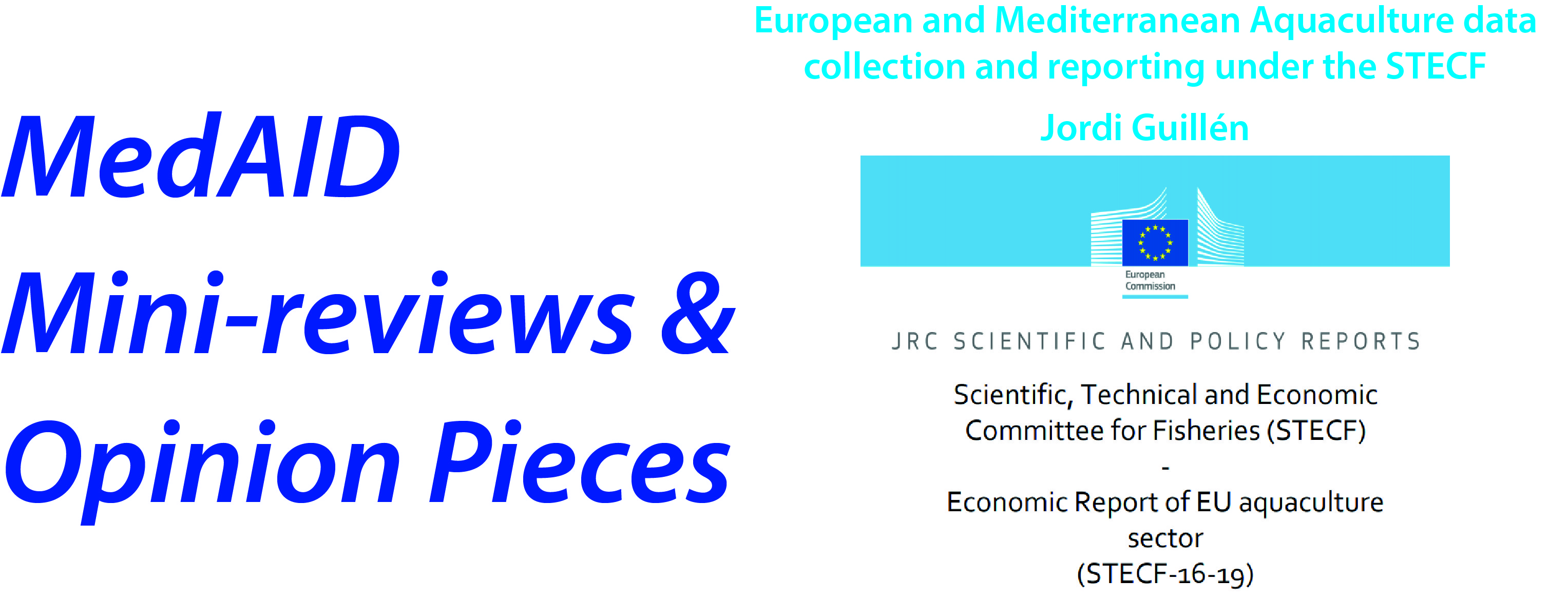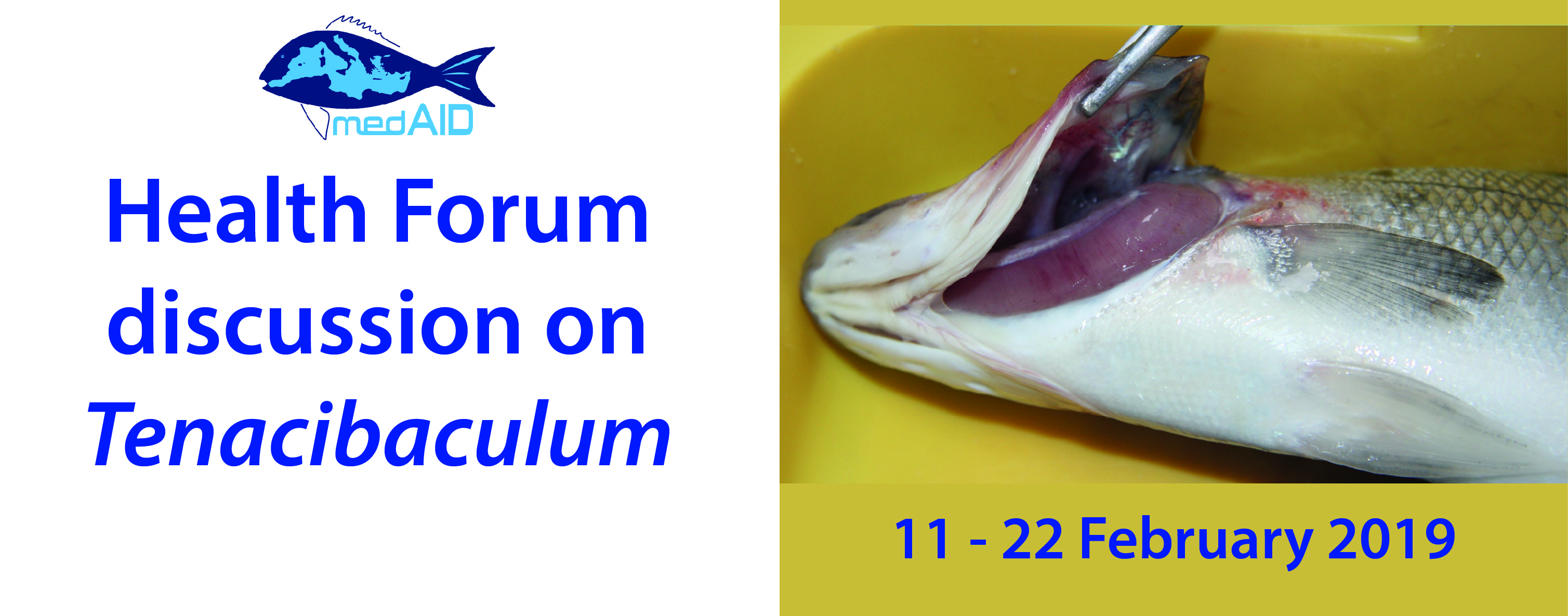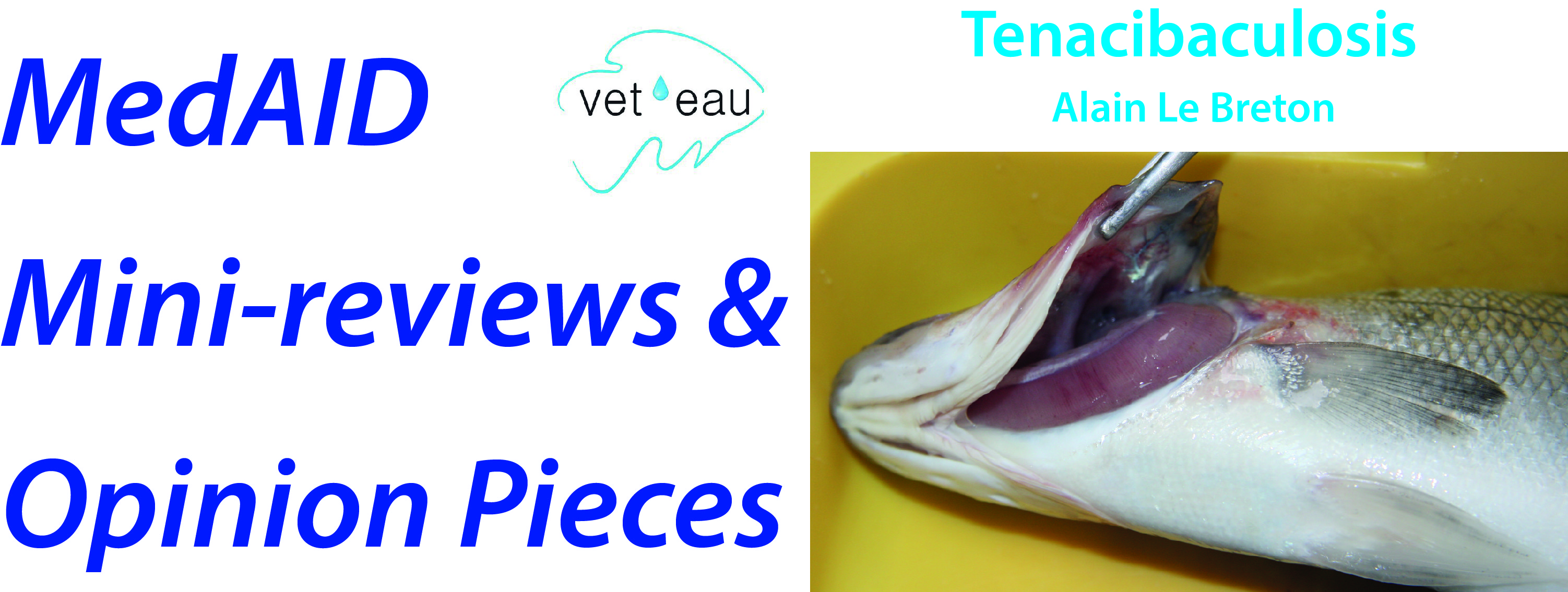Fisheries and aquaculture are managed under the EU’s Common Fisheries Policy (CFP)
Managing the exploitation of fish and shellfish stocks in European marine waters falls under the European Union (EU)’s Common Fisheries Policy (CFP), which was formally established in 1983 (Council of the European Communities, 1983), and has since undergone reforms in 1992, 2002, and 2013 (EU, 2013). The scope of the CFP extends to joint conservation, management and exploitation of living aquatic resources by EU member states, with the objective of biological, economic and social sustainability.
The CFP requires considering scientific advice (based on Dörner et al., 2018)
The Directorate-General for Maritime Affairs and Fisheries (DG MARE – (https://ec.europa.eu/maritimeaffairs) is the European Commission’s department responsible for implementation of the CFP. The CFP explicitly requires the European Commission to take ‘into account available scientific, technical and economic advice’ (EU, 2013) when drafting legislative proposals for the European Parliament and Council. Accordingly, European Commission proposals relating to fisheries management must be based on scientific advice. Hence implementation of the CFP requires both the assistance of specialised experts and the availability of high-quality data and analyses. The European Commission’s own expert scientific independent advisory body on fisheries and aquaculture is the Scientific, Technical and Economic Committee for Fisheries (STECF – https://stecf.jrc.ec.europa.eu/index.html). The STECF is being consulted at regular intervals on matters pertaining to the conservation and management of living aquatic resources, including biological, economic, environmental, social and technical considerations (European Commission, 2016). The European Commission’s Joint Research Centre (JRC) also has a role in the scientific advisory process by providing advice directly to DG MARE, through participation in the STECF and its Expert Working Groups (EWGs).Continue reading



